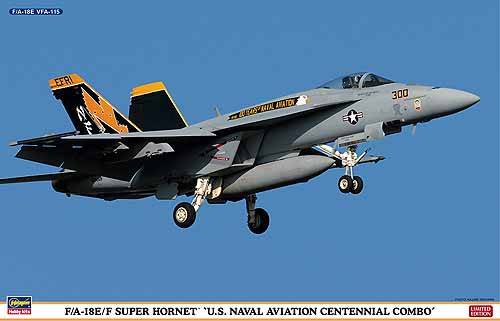Manonthestreet
Diamond Member
- May 20, 2014
- 34,725
- 22,999
- 1,945
A. Nothing matches it
B. Dont have to rush so-called 6 gen
C. Rescue F-35 from its futility....
Here’s why the U.S. should restart the F-22 Raptor production line instead of developing a sixth generation fighter
But, assuming that a new fighter would require no less than twenty years to be developed, restarting the F-22 production linewould be for sure a more cost-effective move for the service.
The procurement of additional Raptors would also make the JSF more capable, given that as we have already explained, the Air Force said that without the support of a dedicated air superiority fighter such as the F-22, the F-35 would be irrelevant.
Furthermore reopening the Raptor production would give the chance to fix the few shortcomings the aircraft has.
B. Dont have to rush so-called 6 gen
C. Rescue F-35 from its futility....
Here’s why the U.S. should restart the F-22 Raptor production line instead of developing a sixth generation fighter
But, assuming that a new fighter would require no less than twenty years to be developed, restarting the F-22 production linewould be for sure a more cost-effective move for the service.
The procurement of additional Raptors would also make the JSF more capable, given that as we have already explained, the Air Force said that without the support of a dedicated air superiority fighter such as the F-22, the F-35 would be irrelevant.
Furthermore reopening the Raptor production would give the chance to fix the few shortcomings the aircraft has.


